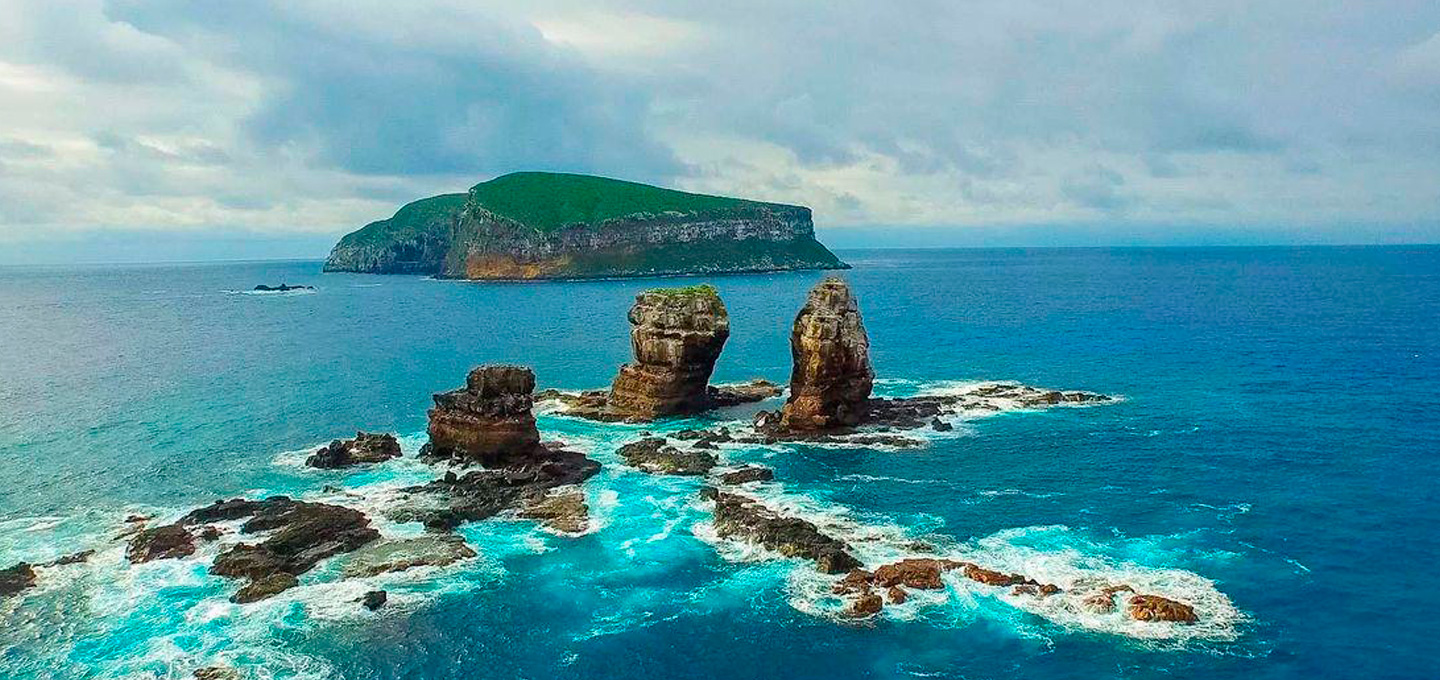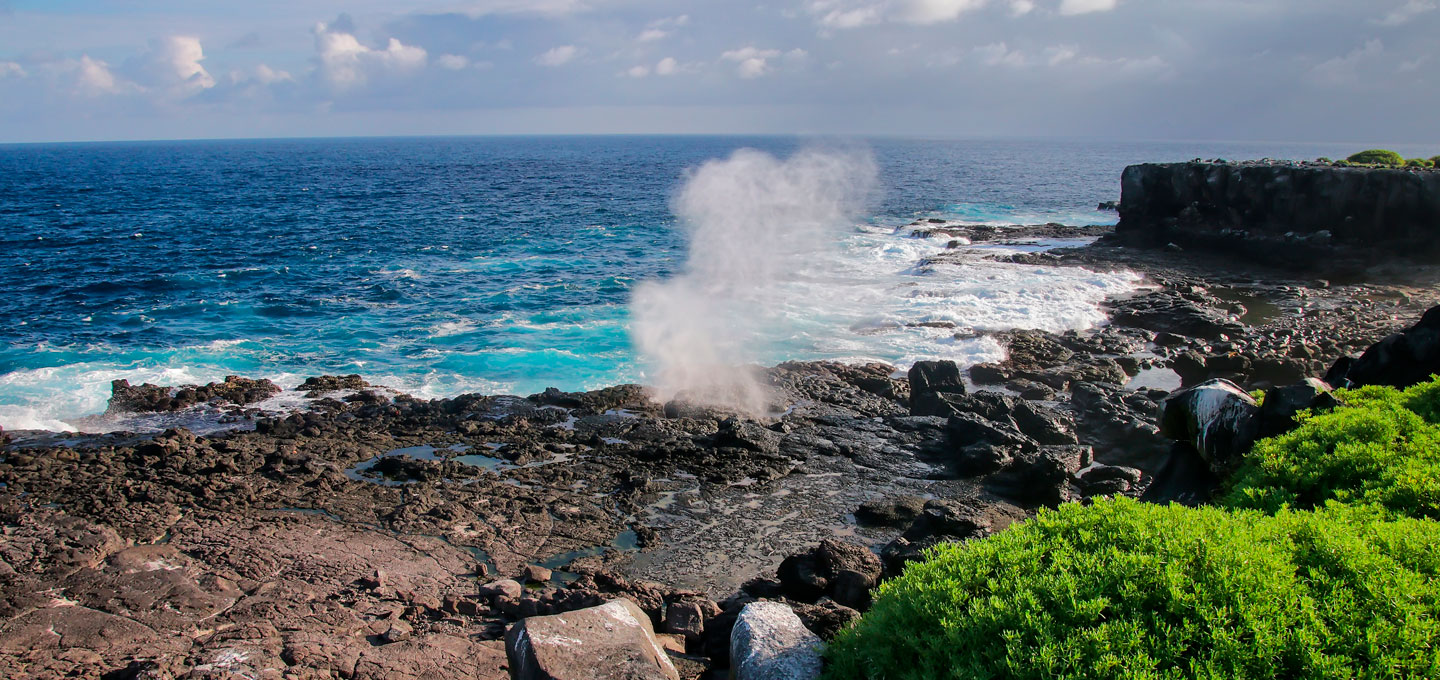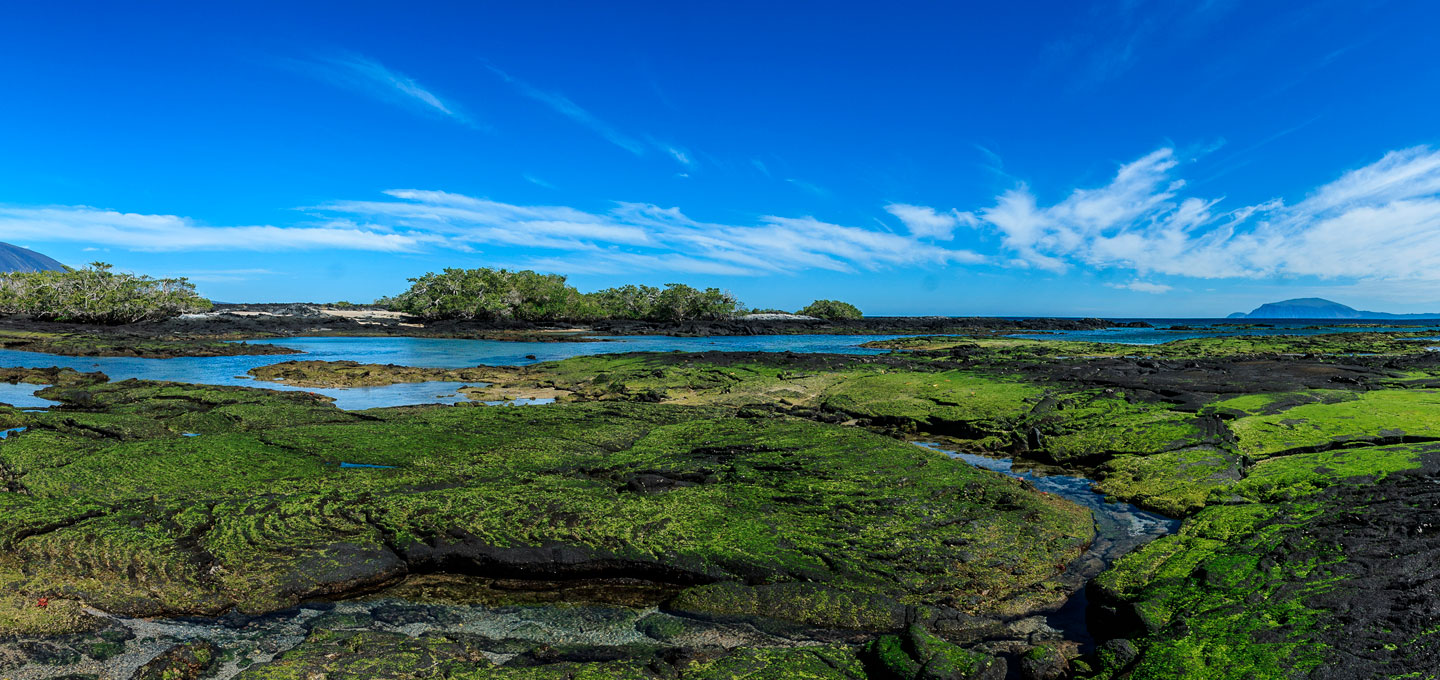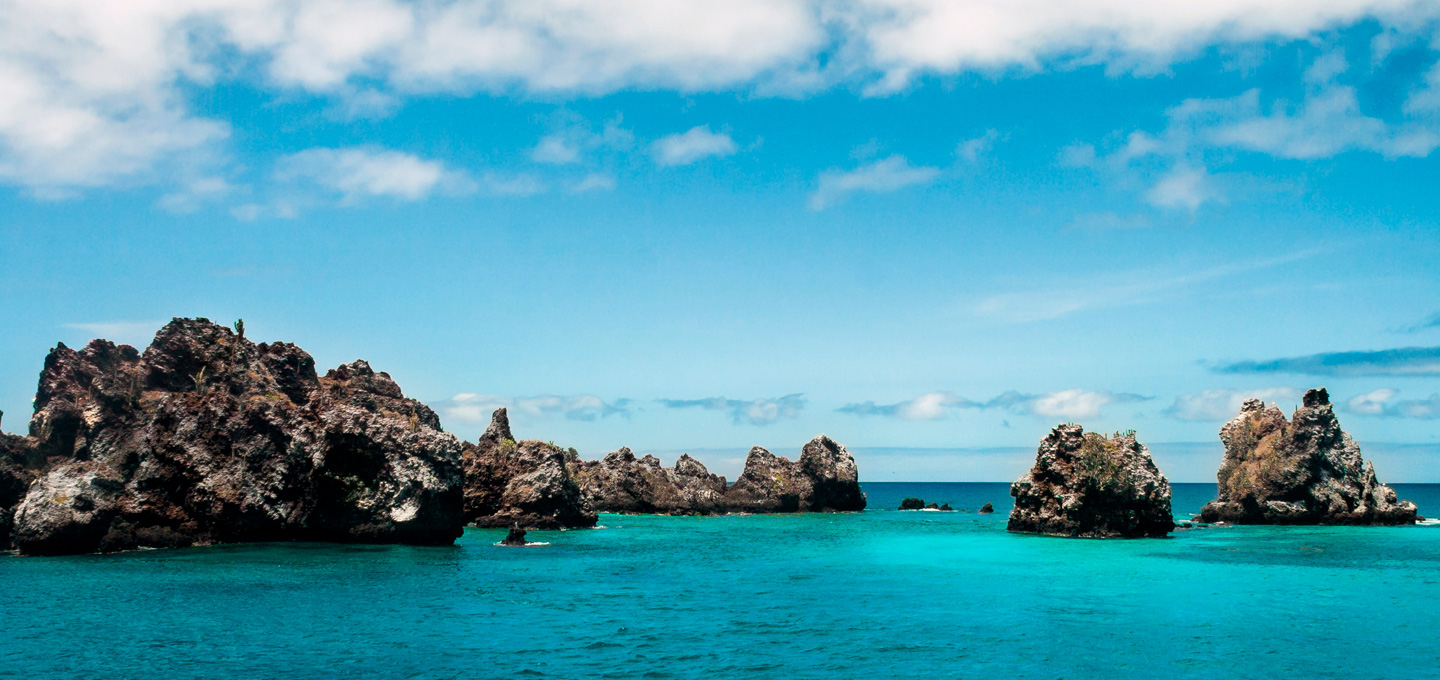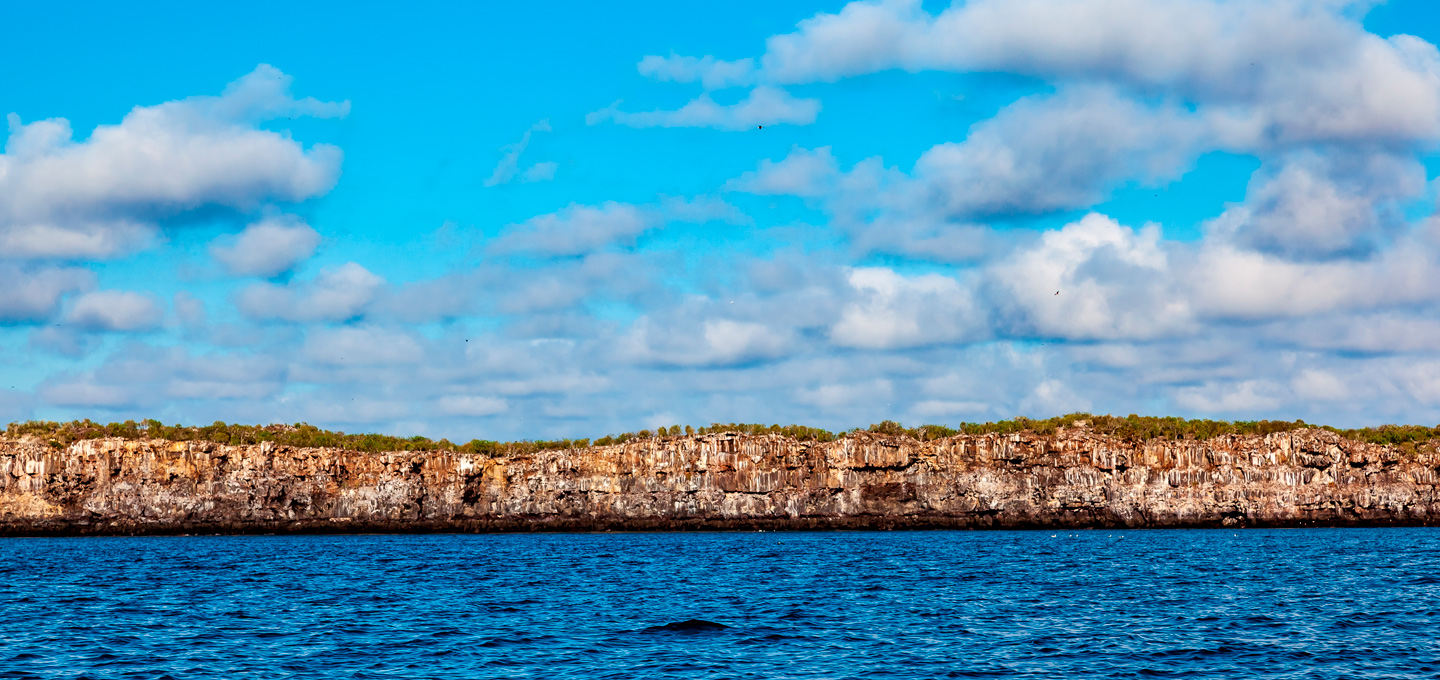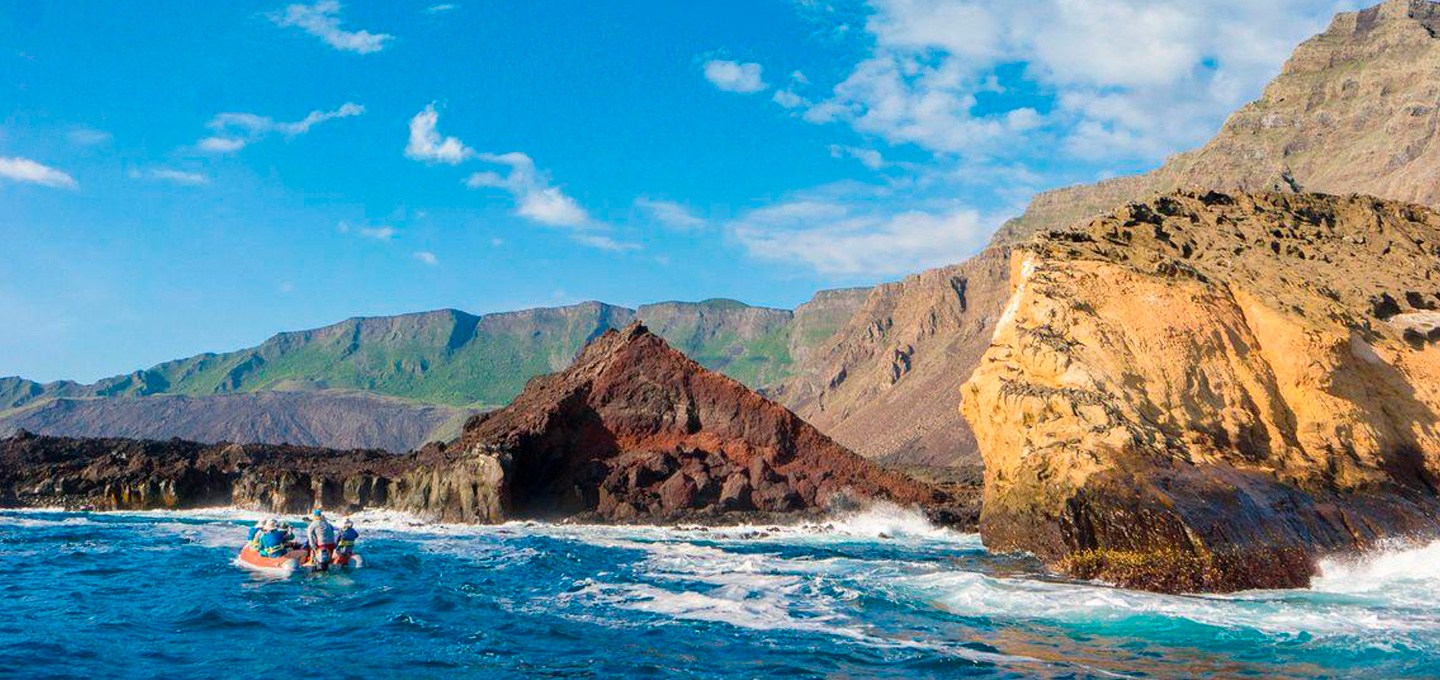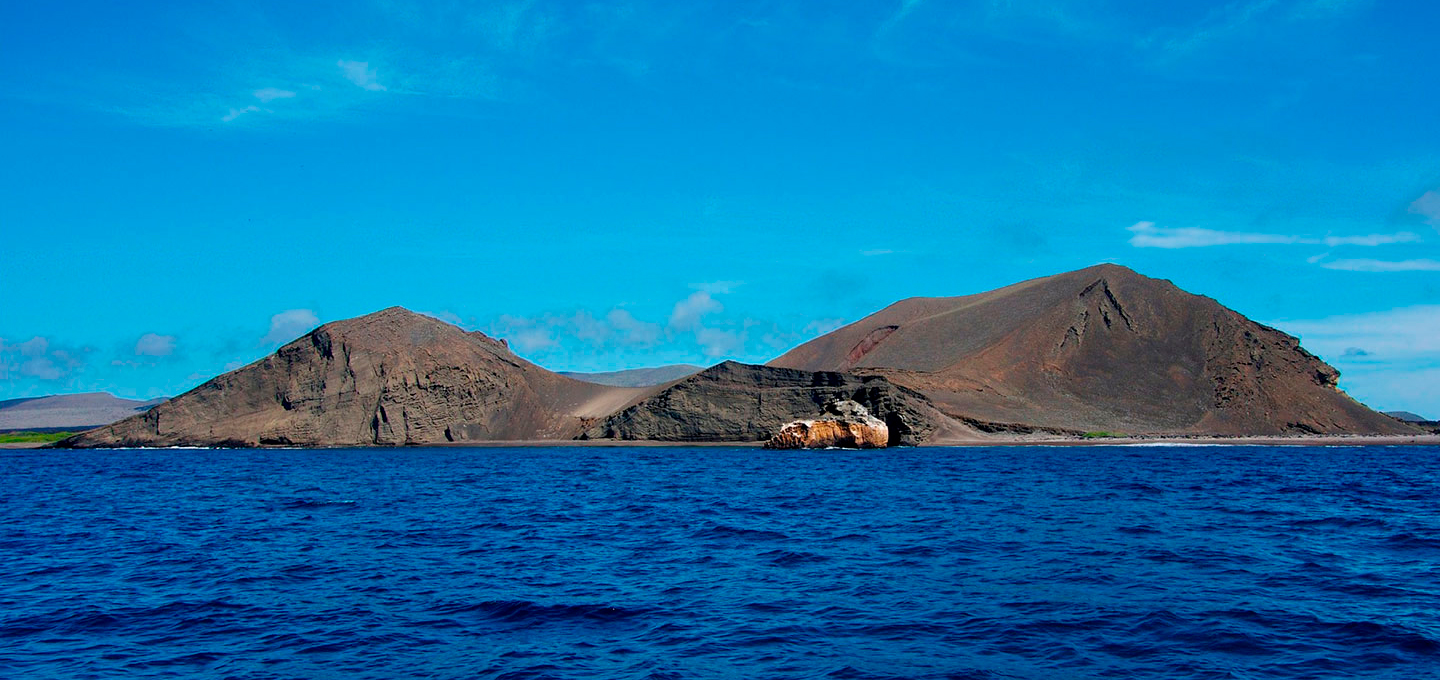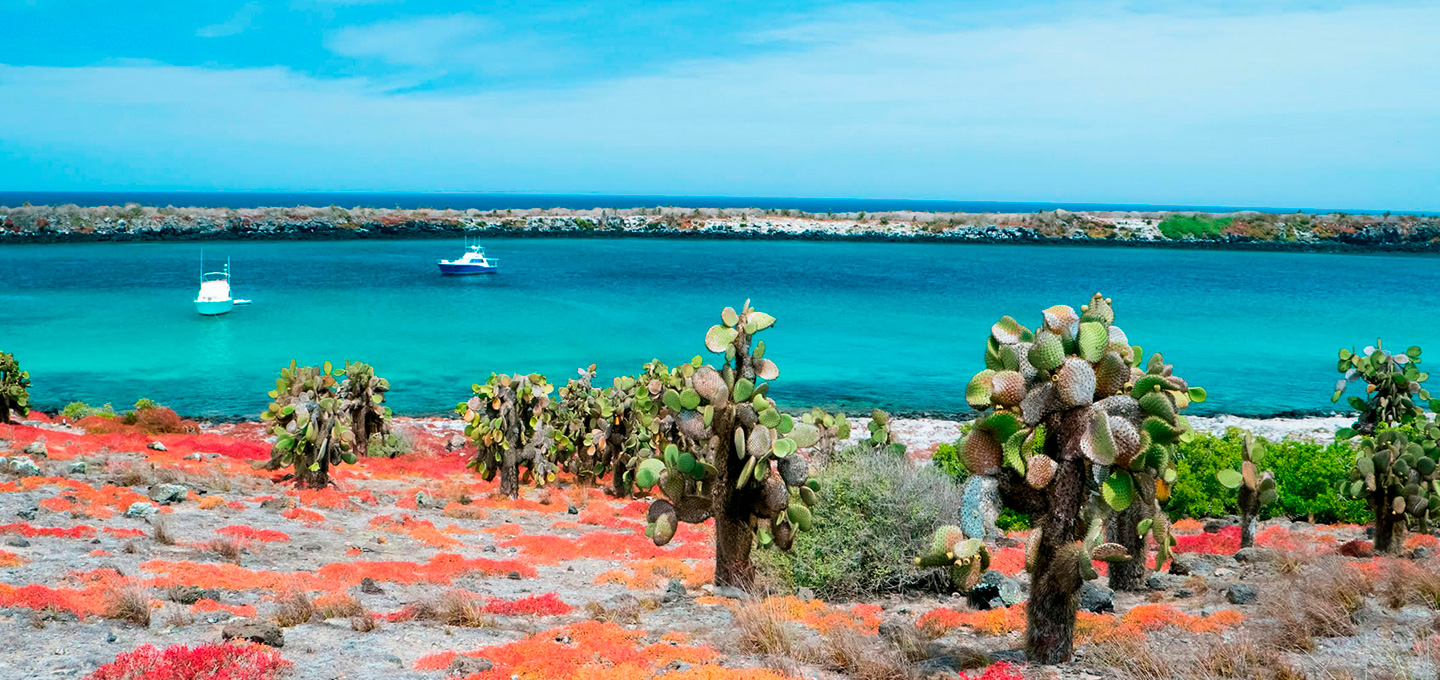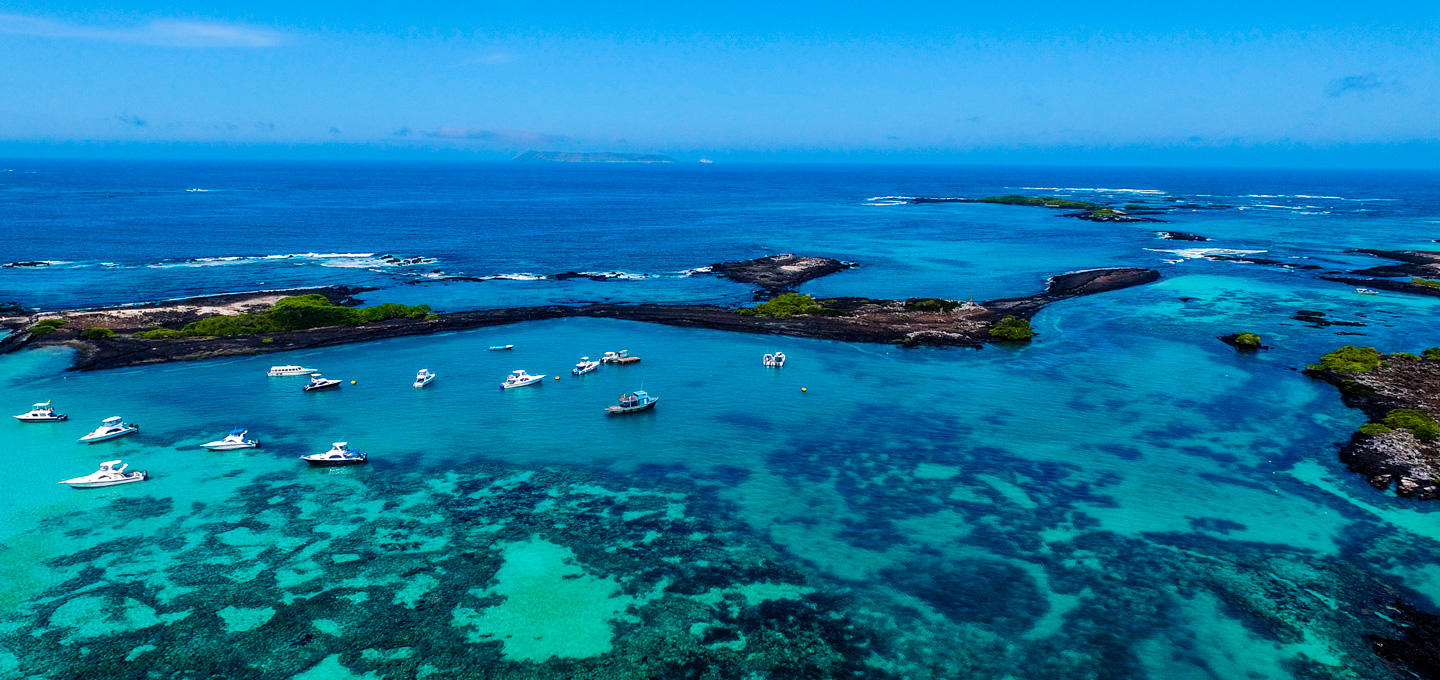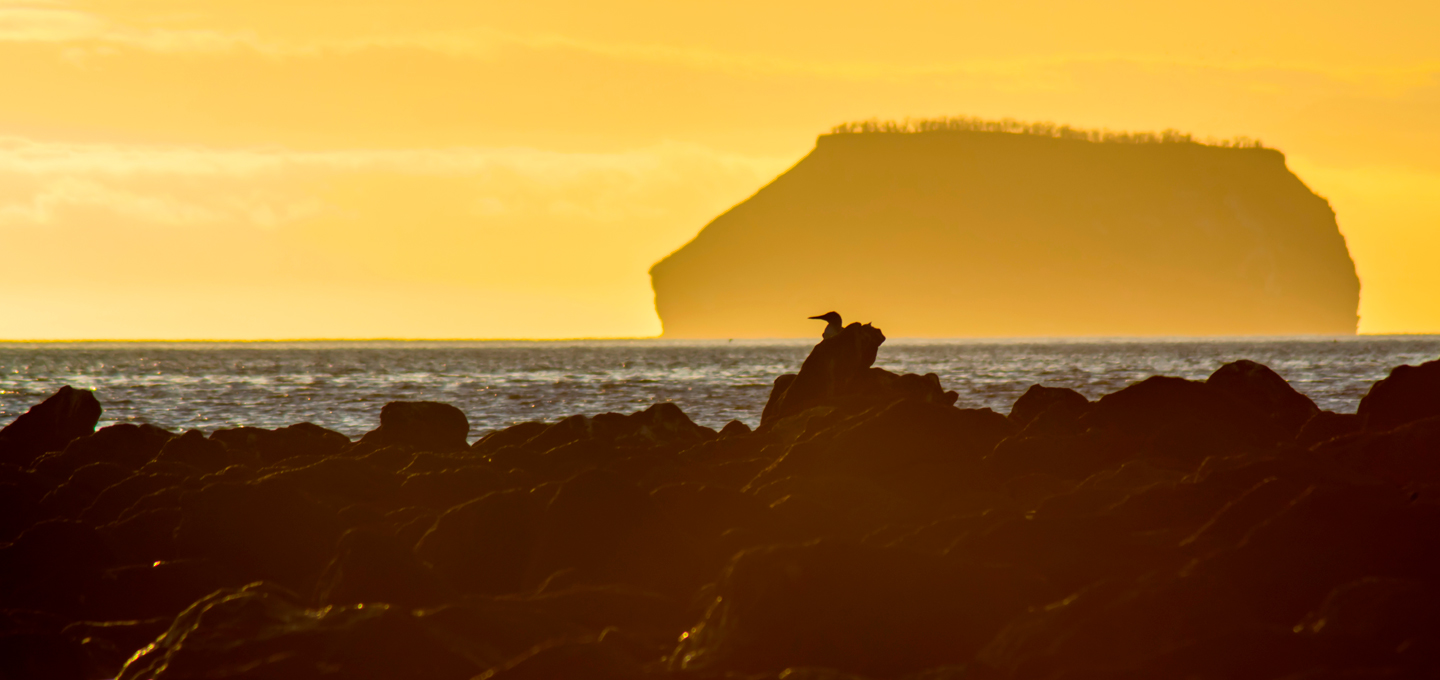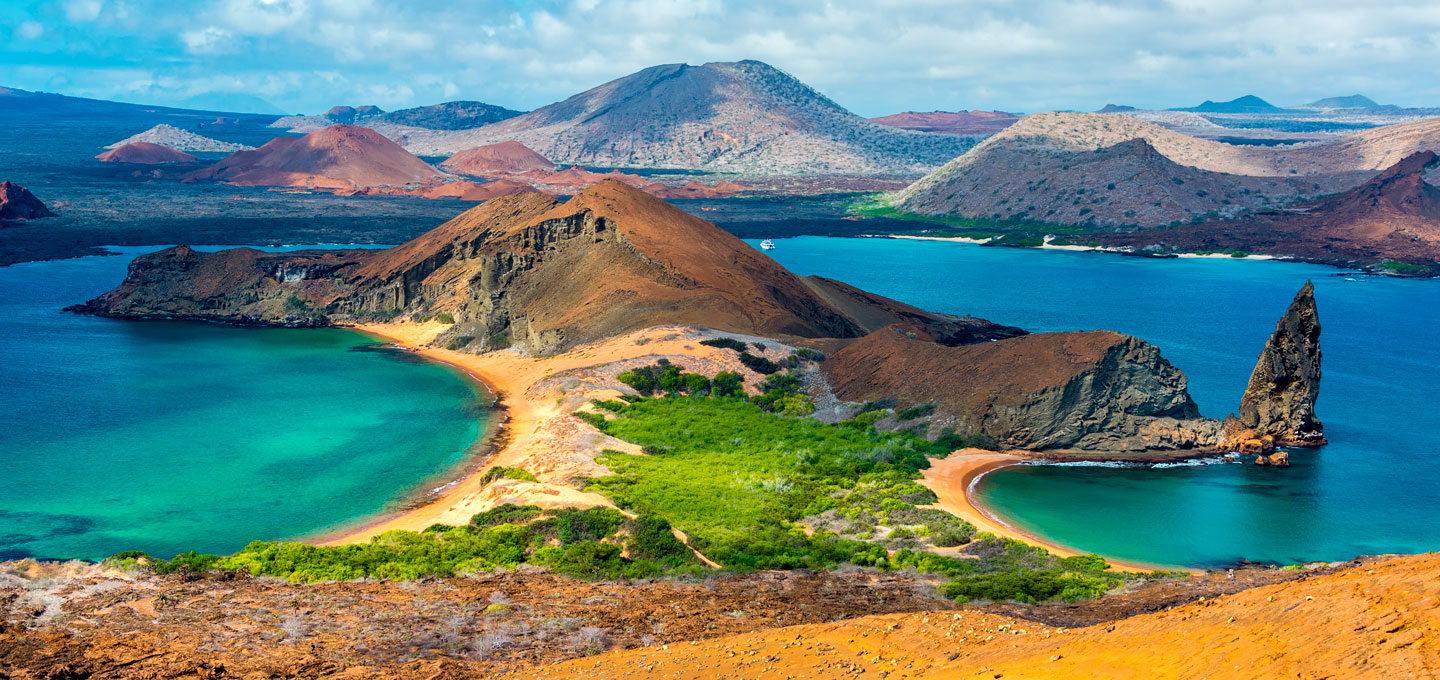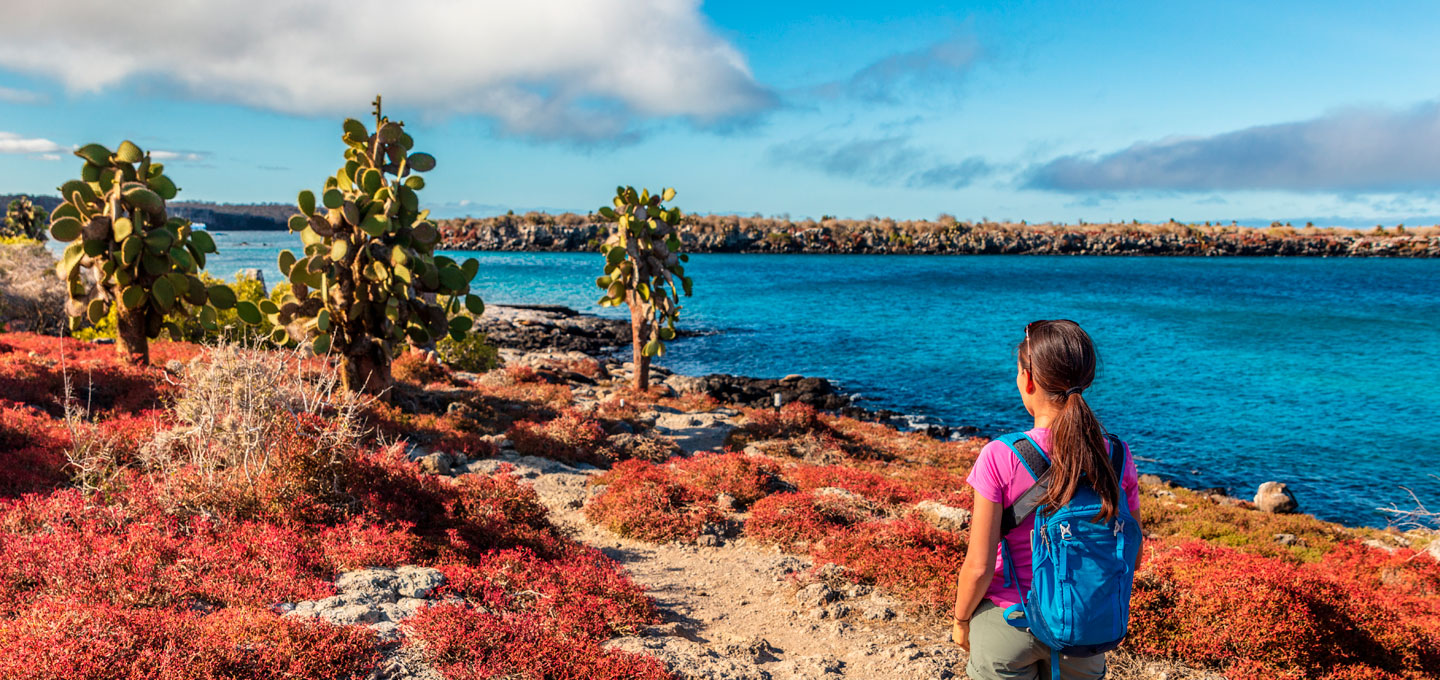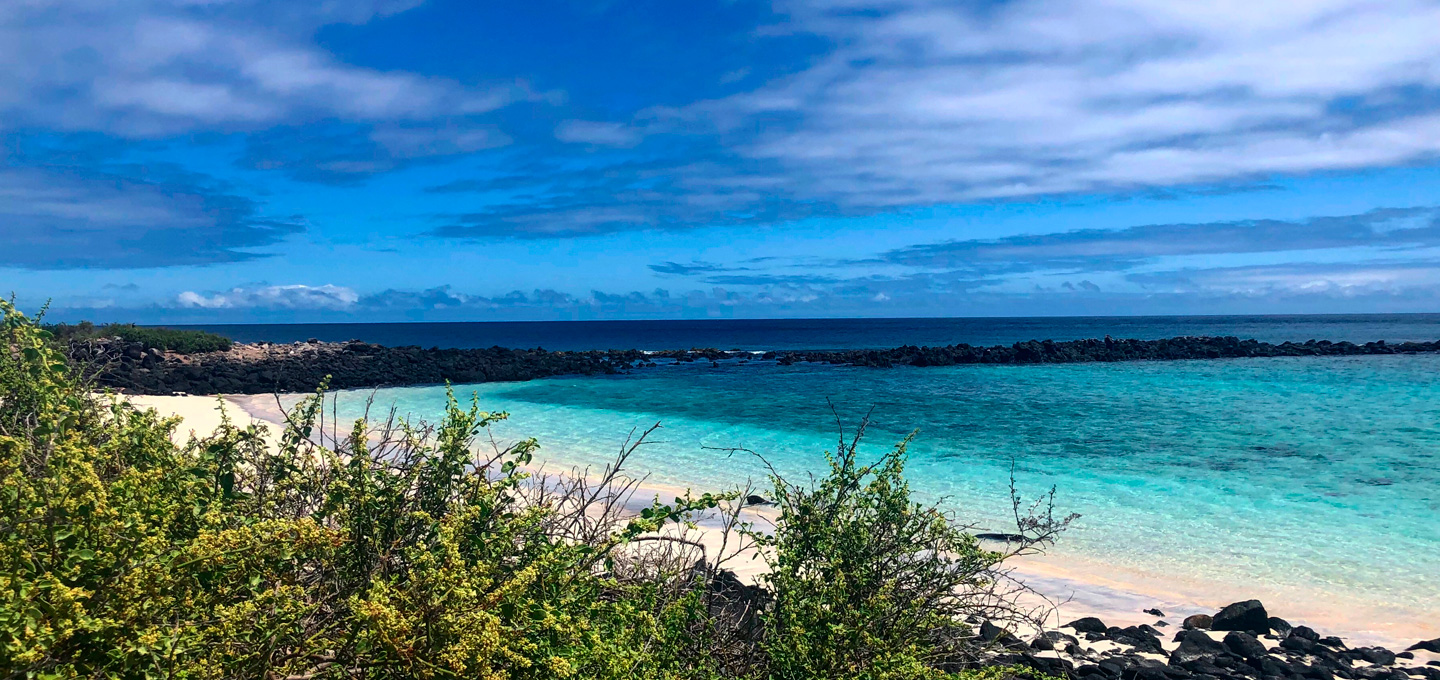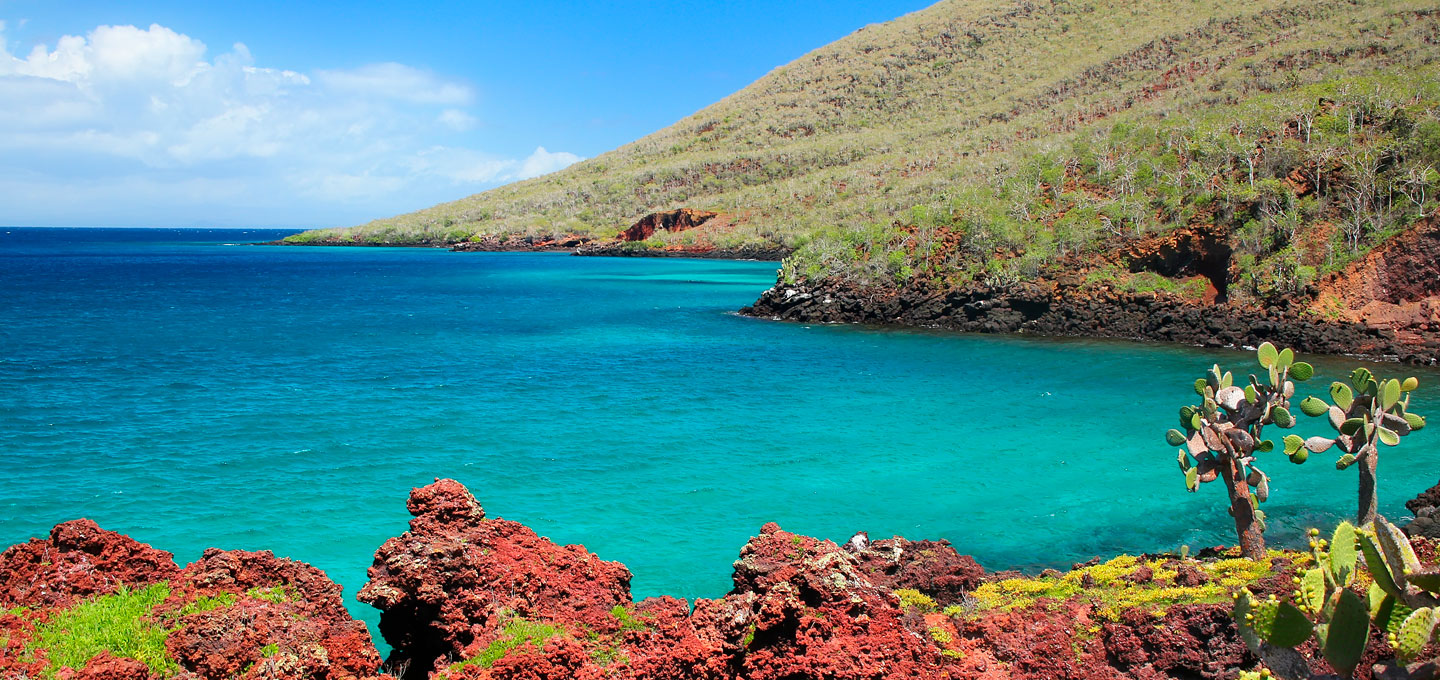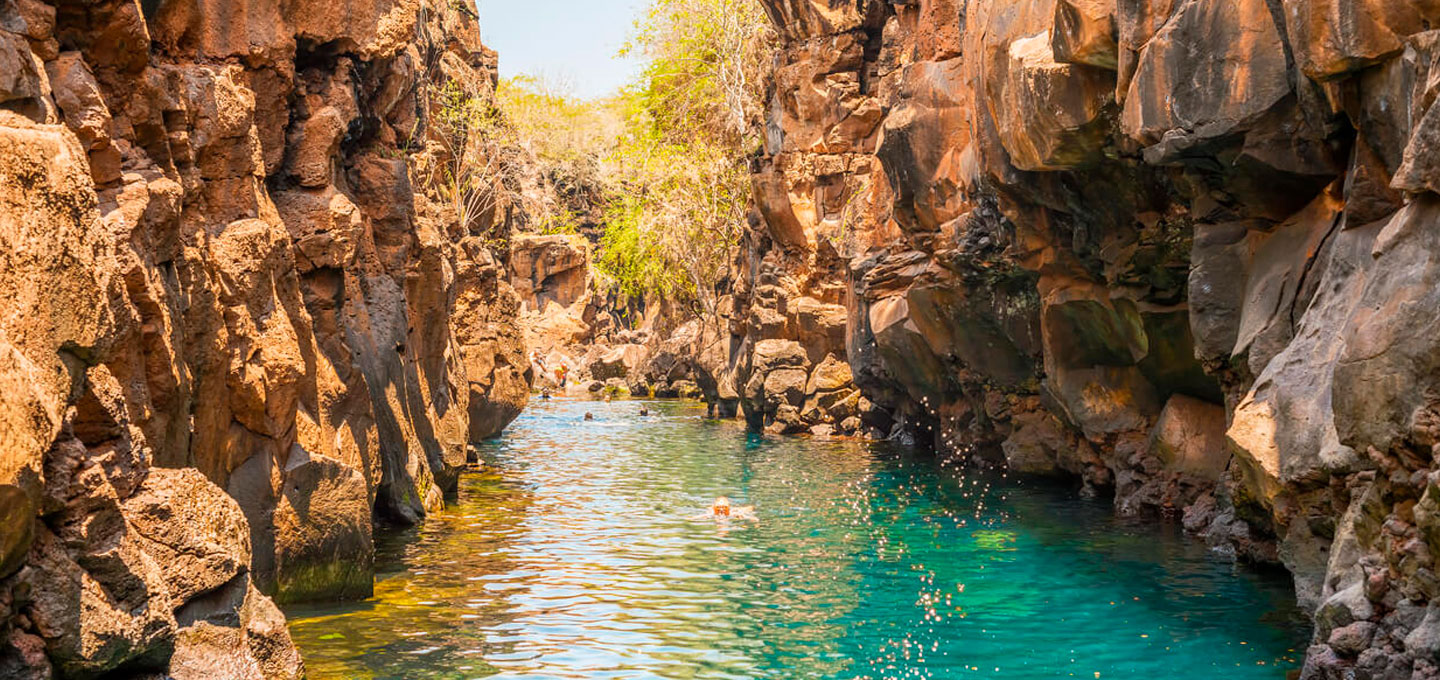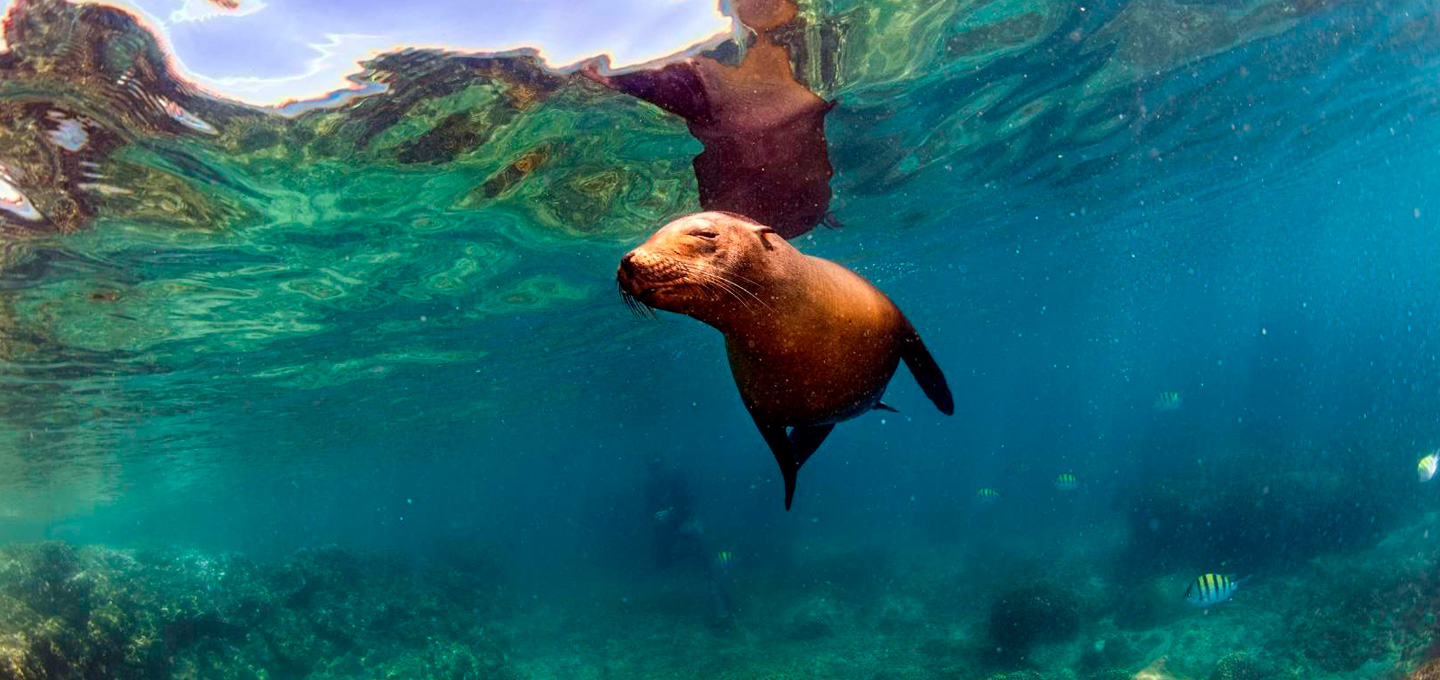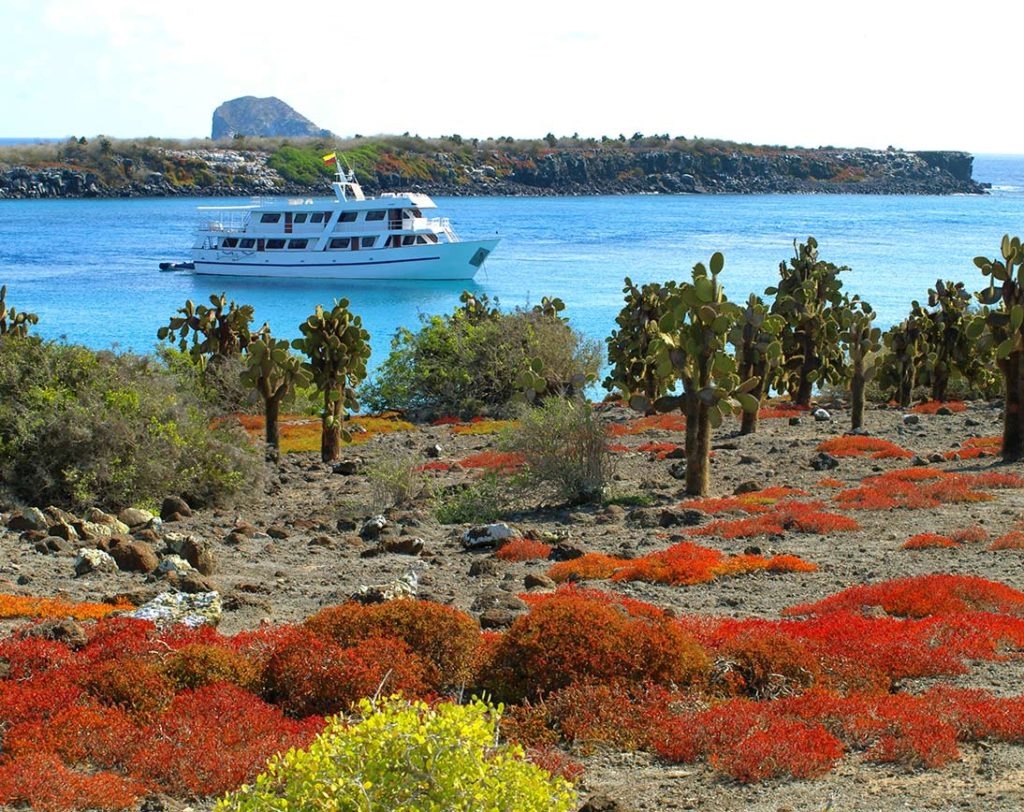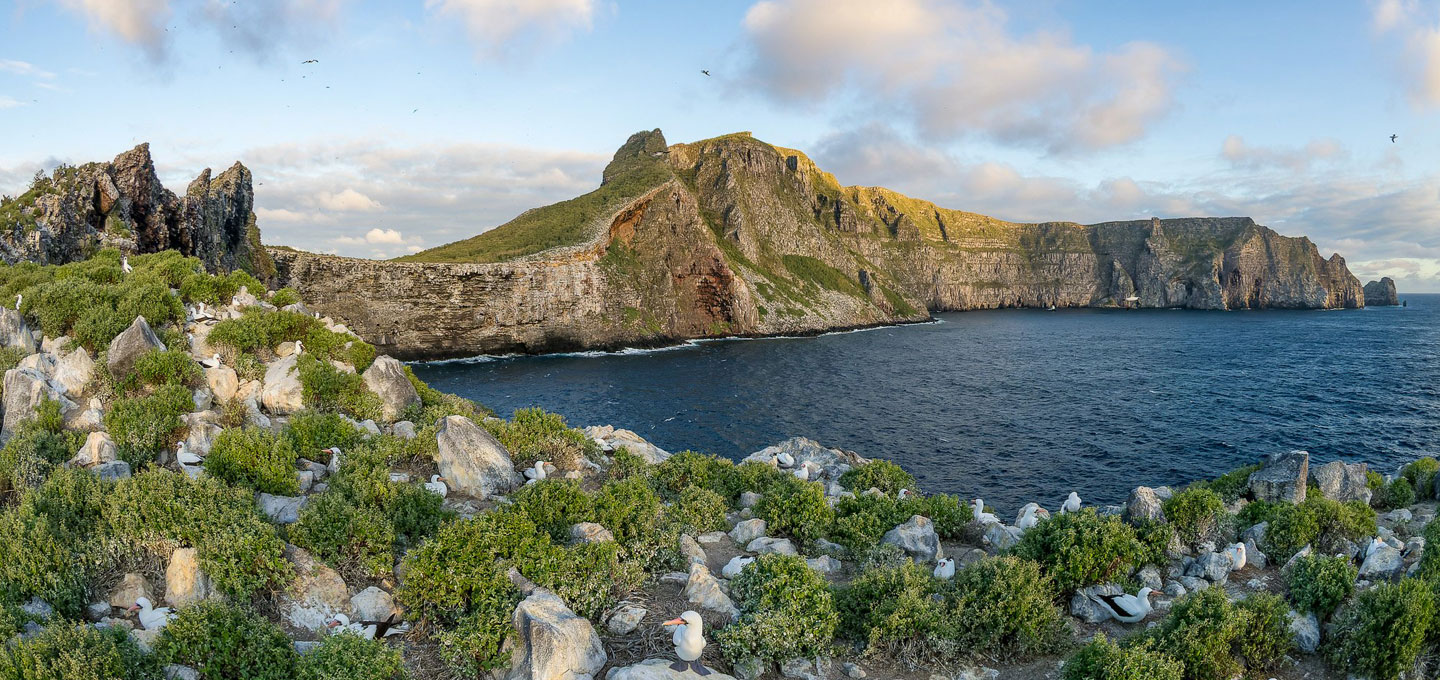The birthplace of evolution
“The Galápagos Island is a perfect destination if you want more than just travel and tour a welcoming and full of nature place. It is a journey you won’t be able to forget”. Galápagos is considered an “enchanted” island or archipelago and it is filled with not only unbelievable surroundings but with the most unique wildlife and destinations. This destination impresses every single visitant that comes to it.
The Galápagos Islands are situated on the Nazca tectonic plate. This constantly moving plate is migrating eastward over the Galápagos hot spot, forming the chain of islands. The islands were created by the repetitive stacking and lifting of volcanic activity. The age of the islands is directly linked with this geographic motion, as the eastern islands (San Cristóbal and Espaola) are millions of years older than the western islands (Isabela and Fernandina).
It is located in Ecuador, in South America, in the Pacific Ocean. In total there are 61 islands that form the Galápagos Island. It contains five big and principal islands that exceed 500km2. Also, it has 8 islands with surfaces between 14 and 173km2. Then, 6 islands that have 1 to 5 km2. Finally, the Galápagos Island has 42 islets that are completely desolated.
These “Enchanted Isles”, placed about 600 miles (970 kilometers) off the Ecuadorian coast are extremely important for scientific research. Fortunately, the Galápagos National Park, founded by government proclamation over 60 years ago, had already taken the initiative in enabling these relevant research, the findings of which have assisted preservation and safeguarding efforts in the region.
